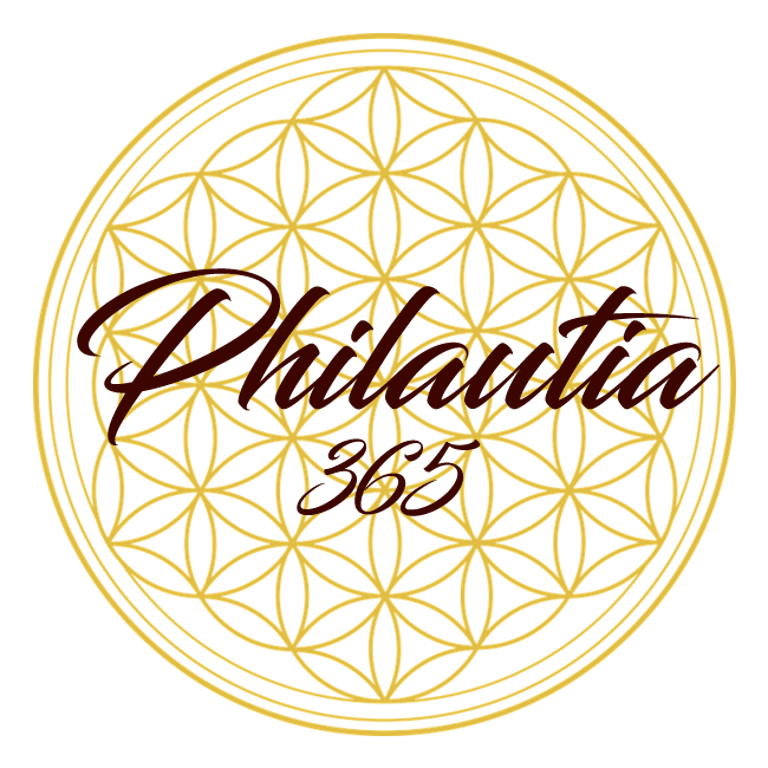Pranayama is a Sanskrit term that refers to the practice of controlling and regulating the breath. It's an integral part of traditional yoga and is often practiced alongside yoga postures (asanas) and meditation. Pranayama techniques involve specific breathing exercises designed to increase vitality, promote relaxation, and balance the energy in the body.


Theta Healing is a holistic healing modality that combines aspects of spirituality, energy healing, and personal development. It was created by Vianna Stibal in the early 1990s and is based on the belief that our thoughts and beliefs have a direct impact on our physical, emotional, and spiritual well-being.


It is a holistic system that promotes the union of body, mind, and spirit. Yoga is not only a physical exercise but also a way of living that promotes balance, well-being, and self-awareness. Yoga emphasizes the integration of the body and mind. By practicing yoga, individuals learn to listen to their bodies, cultivate body awareness, and develop a deeper understanding of the mind-body connection.


It's an integrative approach that combines traditional Cognitive Behavioral Therapy techniques with a broader focus on the overall well-being of an individual. It recognizes the interconnectedness of mind, body, and spirit and considers various aspects of a person's life in the therapeutic process. Holistic CBT takes into account additional dimensions, such as physical health, social relationships, lifestyle factors, and spiritual beliefs. It recognizes that these elements can significantly impact a person's mental and emotional well-being.


Somato-emotional osteopathy is an approach within osteopathy that acknowledges the interconnection between the physical body, emotions, and the mind. It recognizes that physical conditions or injuries can have an impact on a person's emotional well-being. The term "somato-emotional" combines the words "soma," which refers to the body, and "emotional," referring to the realm of emotions.
In somato-emotional osteopathy, practitioners work with clients to address not only the physical symptoms but also the emotional and psychological aspects that may be contributing to their condition. This approach recognizes that emotional stress, trauma, or unresolved emotions can manifest in physical symptoms and affect the body's overall health and well-being.


It's a practice of inner exploration and transformation that involves a deep and rhythmic breathing technique. This technique is often used in personal development and therapy settings to foster an altered state of consciousness, which can lead to experiences of emotional release, expanded awareness, and positive changes in self-perception.


Reiki is an energy healing practice that is based on the transmission of universal energy through the hands. This technique originated in Japan in the late 19th century thanks to the work of Mikao Usui, a Japanese Buddhist, and has become popular around the world as a method of promoting physical, mental and emotional well-being.
Meditation is a practice that involves training the mind to focus and redirect attention, resulting in a state of mental clarity, relaxation, and increased awareness. Through meditation, one can cultivate a greater sense of mental clarity and self-awareness. Regular practice helps quiet the mind's incessant chatter, allowing for clearer thinking, better decision-making, and a deeper understanding of one's thoughts and patterns of behavior.




